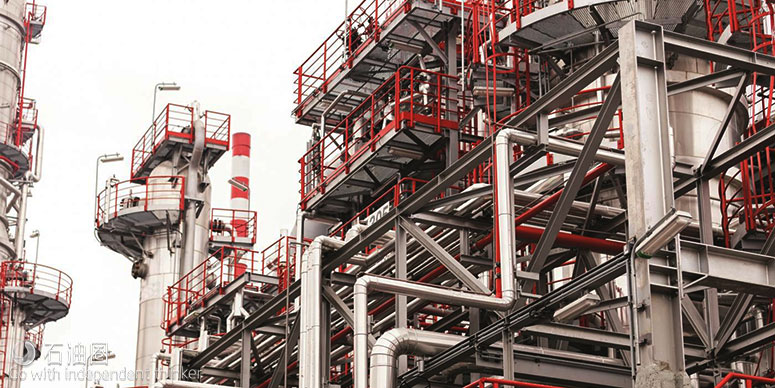In the field of asset integrity management, it is corrosion and erosion that attract the lion’s share of management time, resources and analysis. This is because corrosion or erosion is almost inevitable, with potentially catastrophic consequences.
In contrast, vibration and its consequences attract significantly less attention and management activity. Inadequately managing the threat of vibration can be equally catastrophic. In fact, it accounts for a relatively high percentage of reported failures, notably in harsh environments.
The approach to vibration management is becoming more proactive, preventative and global. This has been driven by three factors: demand from operators with an international perspective, wider dissemination of existing standards and industry guidance, and the supply of enabling technologies that bring vibration to the heart of asset integrity management.
Managing vibration risk
Piping vibration management is not traditionally a problem that’s pre-empted. By prioritizing cure over prevention, operators fail to spot weaknesses in their infrastructure and implement optimal mitigation strategies. Vibration affects offshore, subsea and topside piping, and associated equipment.
There have been regional differences in attitudes toward vibration management. In the U.K. the Energy Institute’s 2008 document outlines the issue of vibration and how changes to design could solve problems seen on new commissions onshore and offshore.
There has been a shift to a more global approach, which has been driven by North Sea oil majors. Having used the institute’s approach in their European operations for some time, they are now encouraging operators across the world to consider vibration as an issue that should be proactively addressed.
Where companies lack a European connection, it is only in the past few years that interest in vibration issues has grown. Having experienced their own vibration-induced failures, companies in North America, Australia and the Middle East recognize that vibration can be painful and expensive.
The institute’s document remains the de facto standard. Common piping design codes have historically not addressed vibration issues properly, and other standards are limited to specific aspects. Additionally, the standards provide the most in-depth approach to identifying and mitigating vibration issues from a variety of flow-induced excitation mechanisms.
Identifying vibration risk
The institute’s position also accounts for vibration management during design. This is aided by some design codes now referencing institute guidelines on severe cyclic service designs.
The screening approach takes basic piping information and the range of process conditions and enables operators to identify potential vibration hot spots. This strategy is designed to provide the necessary information to address potential issues before the plant is commissioned.
While using piping vibration measurements to identify potential issues is a useful technique, it often is dependent on how the plant is operated and the flow rates. A vibration-measurement survey is just a snapshot of what is happening at the time. A far better understanding of risk can be built by combining a plantwide screening assessment with a targeted vibration-measurement survey covering all operating scenarios. This results in a targeted approach to vibration-measurement surveys, system modifications and the implementation of suitable control measures. Risk-based vibration-screening assessments use very similar data to that used for risk-based inspection programs.
Screening benefits, challenges
As asset integrity management becomes increasingly important, vibration screening is expected to be more widely adopted. Where there is no vibration screening in place, the operator often has little option but to replace the damaged equipment if a plant experiences a failure. This could result in design flaws or structural weakness being built in, potentially leading to a recurring problem that results in shutdown or throughput reduction while an external consultant analyzes the failure.
By using screening techniques that give a helicopter view of the plant, operators can see potential risk locations and deploy resources accordingly.
The methodology and algorithms for effective vibration screening are readily available. There is growing recognition that it is key to any effective asset integrity management program. There also is increasing interest from companies worldwide to apply these methodologies at the design stage and on operational facilities from companies worldwide.
But practical challenges remain. One technological hurdle is the placement and accessing of algorithms into a spreadsheet. This opens operators up to spreadsheet risks.
The second challenge is the inability to track issues as they are identified. A time-stamped report is of limited value, however accurate the recording. Since the consequences of vibration vary enormously as process conditions change, a snapshot view becomes rapidly out of date.
For example, after identifying several weak smallbore connections on piping systems that present risks, operators need to register those locations for tracking. The register needs to capture the results of a line walkdown and should include any action already taken.
Building a dynamic register or anomaly database that is linked to the screening “engine” enables operators to maintain information on the status of any anomalies within a dynamic operational environment.

 石油圈
石油圈

